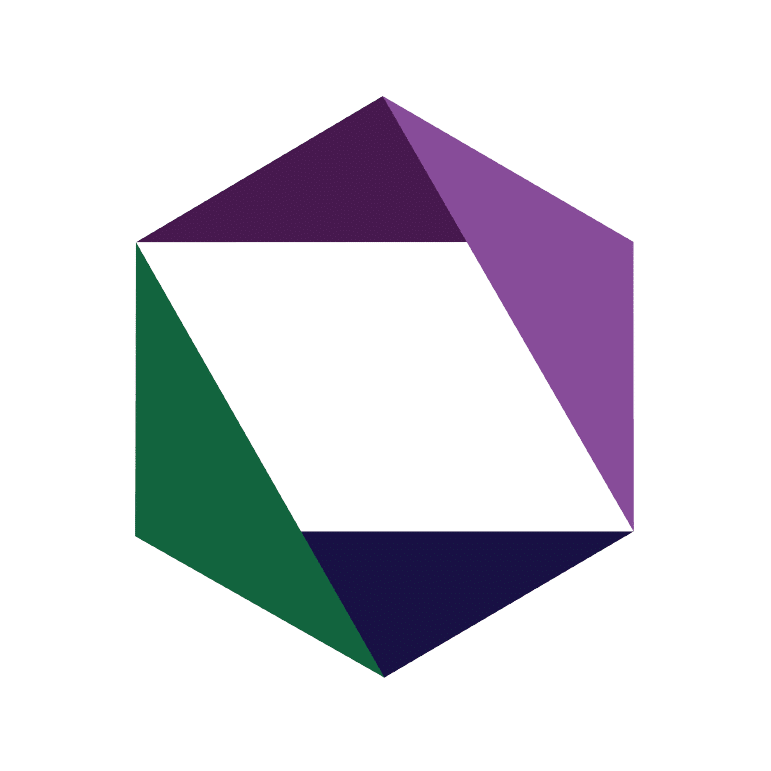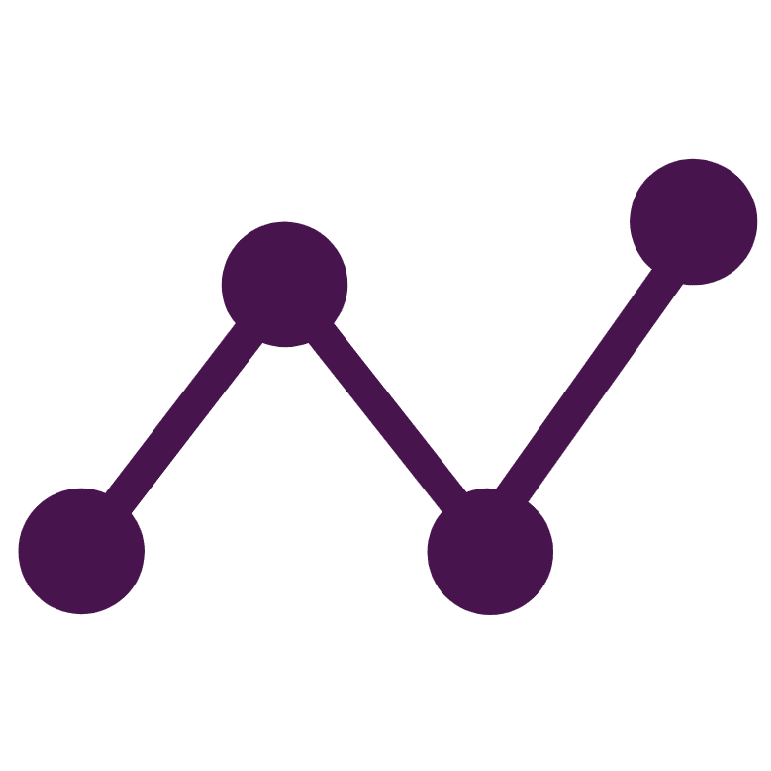
The Challenge
A national research organization wanted to determine the feasibility of building an organization-wide knowledge graph by building a knowledge graph proof of concept (POC), and evaluate the organization’s readiness to adopt knowledge graphs. The organization is one of the primary research institutes in their domain, and owns and operates a number of large content repositories making it difficult for users to compile the necessary information when researching domain material. Knowledge graphs were being evaluated as a potential search solution to improve user experience within the domain and support organizational objectives to increase the effectiveness and maximize the relevance and impact of products. The POC effort was focused on a specific area of the organization’s domain and the goal was to build an interface that enabled user interaction with content within a knowledge graph. Additionally, the organization wanted to develop a long-term business roadmap to use knowledge graphs across the organization and produce an estimate of costs and resources needed for a full implementation.

The Solution
EK facilitated interviews with data source owners, organizational stakeholders, subject matter experts, and users to:
- Analyze the existing data sources to determine data quality and significance to users;
- Develop the data model (ontology) of the domain and data source content; and
- Design and iterate on a search interface that provided intuitive interaction with the knowledge graph.

Additionally, we leveraged our data, search, and knowledge graph expertise to:
- Ingest data source content to populate the knowledge graph;
- Index and curate the content for search; and
- Build the knowledge graph and search interface.

Alongside the POC effort, EK evaluated each data source’s significance to the knowledge graph and the impact each data source had on the level of effort to integrate. Then, we provided a business roadmap that detailed next steps, recommended technologies, and requirements to continue to grow the knowledge graph at the organizational level.

The EK Difference
EK’s expertise in data analysis, user experience design, search, knowledge graphs, and change management allowed the team to address all stakeholder concerns throughout the project. Our past experience building knowledge graphs and search solutions enabled us to come prepared with necessary data analysis questions and design an ontology that would best represent the domain and user needs. We employed design thinking principles in the development of the knowledge graph, treating organizational stakeholders as partners throughout the design and implementation phases as well as iterating through the build process to ensure that user needs were met. EK provided a series of training sessions to organization stakeholders to ensure that they were equipped to communicate and speak about the proof of concept, the value of a knowledge graph, and the key benefits it would bring to the organization as well as domain researchers and practitioners.

The Results
EK’s knowledge graph and search POC provided enhanced and intuitive user interaction with content previously spread across data sources. The POC proved that adopting knowledge graphs would support the organization’s objectives to increase the effectiveness and relevance of search to meet the needs of stakeholders by providing
- a user-friendly, central location for search;
- the ability to locate and gain access to relevant information through modern search and discovery features; and
- the ability to surface relevant and immediately useful information for problem-solving or learning in a defined area of practice or professional domain.
Finally, the evaluation and roadmap provided by EK enabled organization owners to socialize knowledge graphs within the organization, provide a timeline and budget for next steps, and gain stakeholder buy-in for growing the knowledge graph scope.
